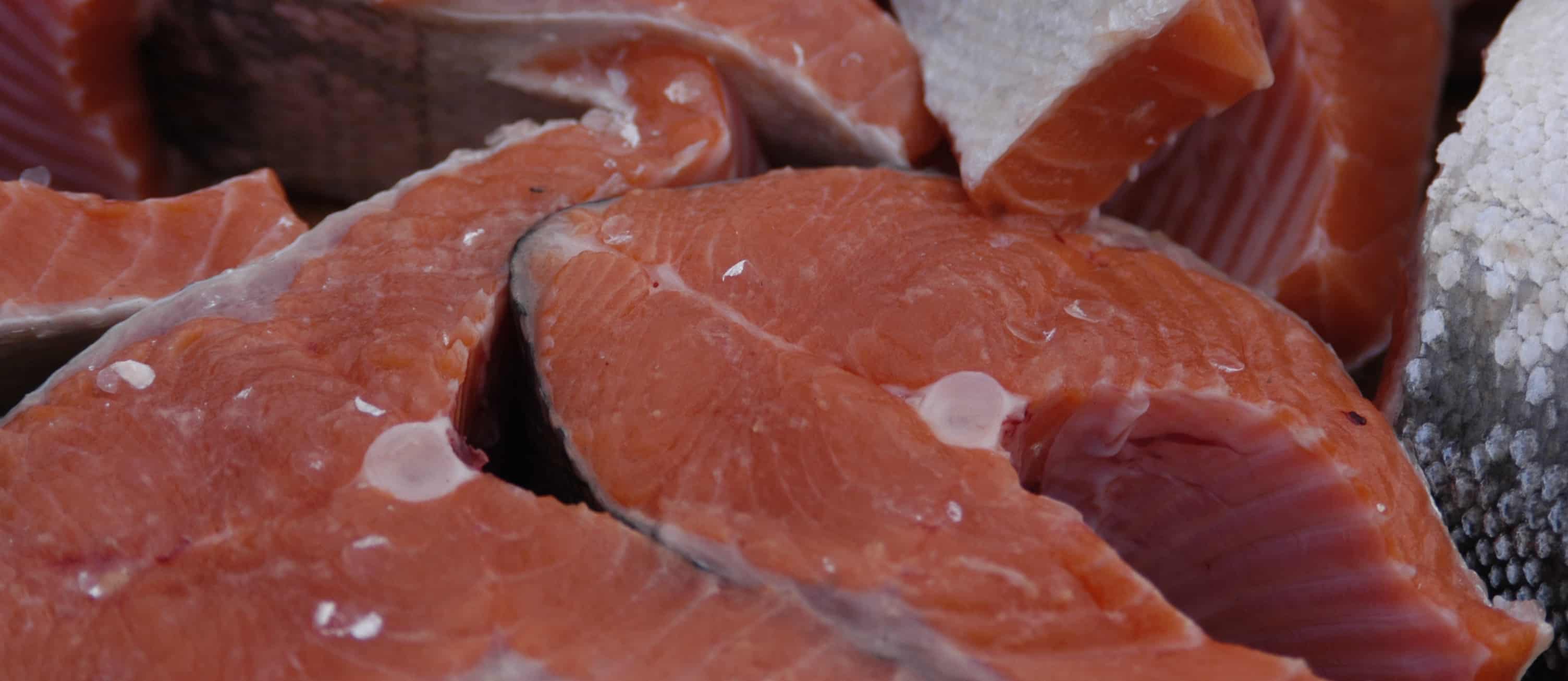Alkylphenols are industrial chemicals that are found in hair products, spermicides, cleaning products and detergents. They are considered endocrine disruptors. For more information on alkylphenols, check out my video Alkylphenol Endocrine Disruptors and Allergies.
Concern about alkylphenols first surfaced decades ago when a group at Tufts observed an excessive proliferation of human breast cancer cells in certain types of plastic containers, something that would normally only be seen if the cells were exposed to some type of estrogen. They identified an alkylphenol leaching from the plastic as the culprit, having “estrogen-like properties when tested in the human breast tumor cells.” Excessive proliferation of human breast cancer cells is never good, so countries in Europe started banning and restricting the use of these chemicals. However, the U.S. EPA has been slow to respond.
A half million tons of alkylphenols continue to spew out into the environment every year, so much so that now that they come down in the rain and then accumulate up the food chain.
One study, highlighted in my video, Dietary Sources of Alkylphenol Endocrine Disruptors, examined the Japanese food supply to find out which foods had these potentially allergy-exacerbating endocrine disruptors. The researchers found that chicken and fish had the highest levels. Water animals and birds concentrate these compounds to levels several thousands of times greater than those in the environment because these are fat-soluble chemicals. “Therefore, they can easily contaminate foods of animal origin, which are thought to represent the most important source of human exposure to many organic pollutants,” not just the alkylphenols. Another research group also found that fish was the worst.
Which kind of fish? Anchovies, mackerel, salmon and cod seem to have the highest levels. In fact, salmon was the only food found contaminated with nonylphenol diethoxylate, which is even more potent than regular nonylphenol. The levels of contamination in fish were at the concentrations that start to make breast cancer cells go crazy in vitro.
These findings are consistent with the fact that seafood consumption has been associated with severe asthma, current and severe rhinoconjunctivitis, (seasonal pollen allergies), and current and severe eczema (an allergic-type disease of the skin) in adolescent populations around the globe.
If these synthetic xenoestrogens are playing a role, what about natural phytoestrogens, such as those found in soy foods? It turns out that in patients with asthma, consumption of a diet with moderate to high amounts of soy phytoestrogens is associated with better lung function and better asthma control. If anything then, it’s these chemical pollutants, which come down in the rain, contaminate the soil, the plants, and then concentrate up the food chain in the fat of animals. We’re now the animals at the top of the food chain, like the polar bear or bald eagle, building up higher levels of these synthetic xenoestrogens.
Thankfully, there aren’t many cannibals around anymore. However, there is one group that continues to feed off human tissues—babies (See The Wrong Way to Detox). Alkylphenols have been found to concentrate in human breast milk, particularly in women who eat fish. The highest levels of these endocrine-disrupting pollutants were recorded in milk samples from mothers who said they ate fish at least twice a week, consistent with the fact that seafood consumption represents an important source of alkylphenol intake. Even these “slightly elevated levels of endocrine disruptors in the milk of mothers with a seafood-rich diet may be associated with adverse effects on neurological development, fetal and postnatal growth, and memory functions on breastfed infants, because these contaminants may interfere with the endocrine [hormonal] system.”
Since these toxins concentrate in fat, the highest concentrations may be found in straight animal fat, such as chicken fat, lard, tallow, or fish oil. Consumption of fish oil capsules and processed fish products has been associated with alkylphenol concentration in mothers’ milk, again due to bioaccumulation up the food chain. And then we recycle the leftover remains of farm animals into farm animal feed, so the levels can get higher and higher in animal products.
As one commentator noted, while these pollutants do contaminate human milk, they also contaminate cow’s milk—humans and cows live in the same polluted world. In fact, infant formula was found to be over five times more contaminated, so breast is still best, absolutely. But these kinds of studies are important in order to provide good suggestions for food choices to nursing mothers to prevent excess exposure to these pollutants in their infants.
We can kind of cut out the middlefish and move lower down the food chain in hopes of decreasing our exposure to industrial toxins.
Endocrine disruptors have also been linked to conditions such as male infertility (Male Fertility and Diet) and early onset of puberty (Protein, Puberty, and Pollutants).
What other industrial pollutants build up in the aquatic fish chain? See, for example:
- Fukushima and Radioactivity in Seafood
- Fish Intake Associated With Brain Shrinkage
- Mercury vs. Omega 3s for Brain Development
- Food Sources of PCB Chemical Pollutants
- Food Sources of Perfluorochemicals
- The Problem with Organic Salmon
- Food Sources of Flame Retardant Chemicals
Farmed Fish vs. Wild Caught. Which is worse?
How Long to Detox from Fish Before Pregnancy? If it’s too late, How Fast Can Children Detoxify from PCBs?
-Michael Greger, M.D.
PS: If you haven’t yet, you can subscribe to my videos for free by clicking here and watch my full 2012 – 2015 presentations Uprooting the Leading Causes of Death, More than an Apple a Day, From Table to Able, and Food as Medicine.
